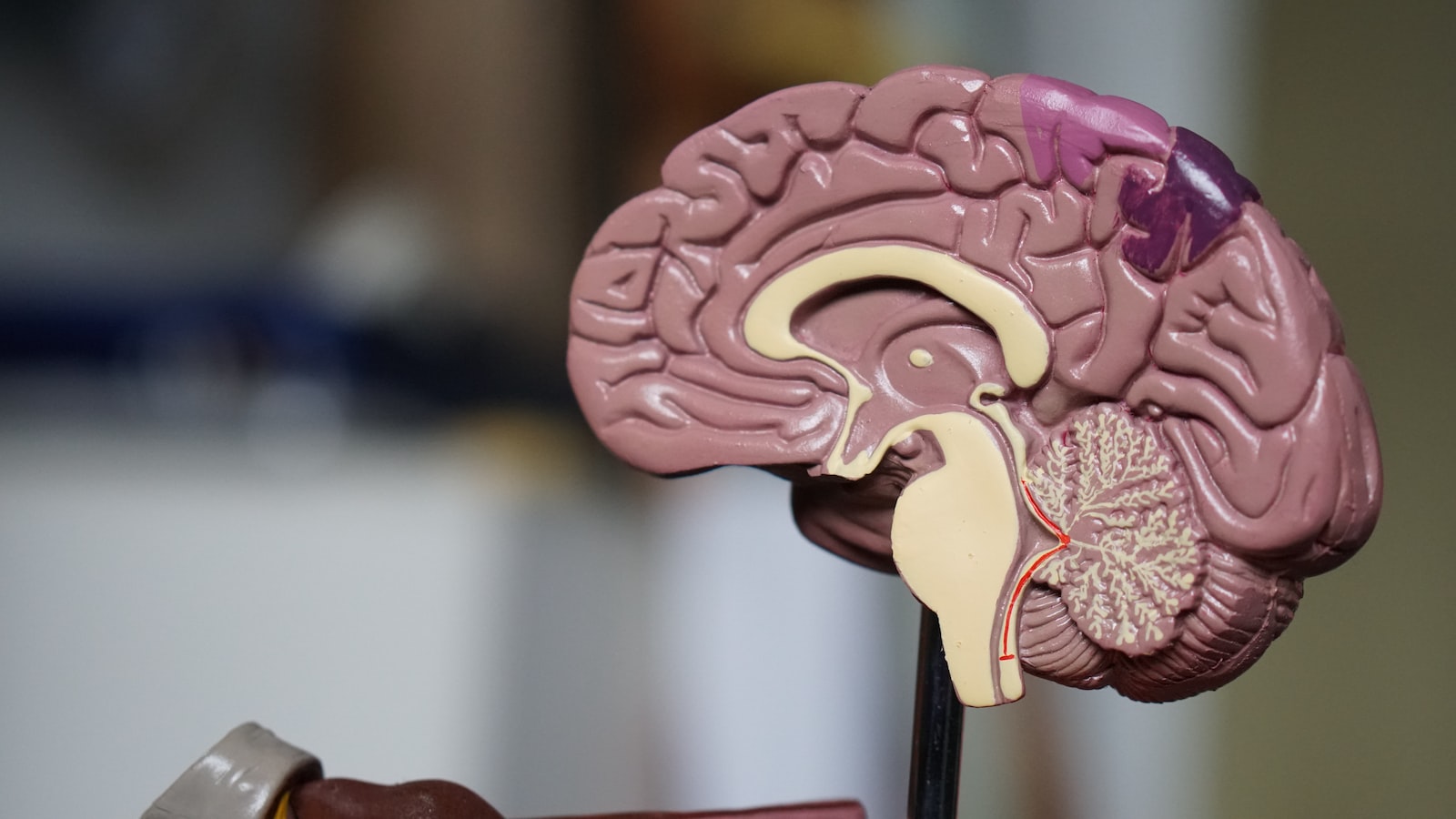![]()
Brain tumors are not natural growths of cells in the brain that can be benign or malignant. They can develop from the brain cells or from the cells that form the protective coverings of the brain and spinal cord. Brain tumors can interfere with the normal functioning of the brain and cause a range of symptoms, depending on their size and location.
Symptoms
The symptoms of brain tumors vary, depending on the size and location of the tumor. Common symptoms include:
- Headaches that are worse in the morning normally and get better during the day
- Nausea and vomiting
- Seizures
- Numbness or Weakness in the arms or legs
- Memory problems
- Personality or mood changes
- Vision problems
Types of Brain Tumors
There are many different types of brain tumors, including:
- Astrocytomas
- Oligodendrogliomas
- Ependymomas
- Medulloblastomas
- Meningiomas
Diagnosis
Diagnosis of brain tumors typically involves a physical exam, imaging tests, and a biopsy. Imaging tests, such as magnetic resonance imaging (MRI) or computed tomography (CT) scans, can provide detailed images of the brain and help determine the size and location of the tumor. A biopsy, or tissue sample, can then be taken and analyzed to determine the type of tumor and whether it is benign or malignant.
Treatment
Treatment for brain tumors depends on the type, size, and location of the tumor, as well as the patient’s overall health. Common treatments include:
- Surgery to remove the tumor
- Radiation therapy to destroy the cancer cells
- Chemotherapy to kill the cancer cells
- Targeted therapy to stop the growth of the tumor cells
Prevention
There is currently no known way to prevent brain tumors. However, you can reduce your risk by:
- Avoiding exposure to radiation
- Not smoking
- Eating a healthy diet
- Exercising regularly
- Managing stress
In conclusion, early diagnosis and prompt treatment of brain tumors can improve the prognosis and help manage symptoms. If you experience any symptoms of a brain tumor, it is important to seek medical attention right away.
sequenceDiagram participant Patient as Patient participant Doctor as Doctor Patient->>Doctor: Reports symptoms Doctor->>Patient: Orders imaging tests and biopsy Patient->>Doctor: Receives results Doctor->>Patient: Recommends treatment options Patient->>Doctor: Chooses treatment plan Doctor->>Patient: Monitors progress and adjusts treatment as needed